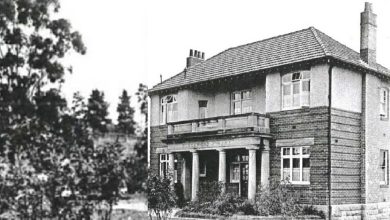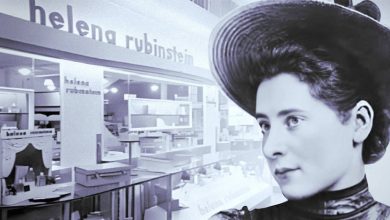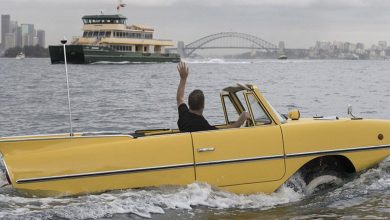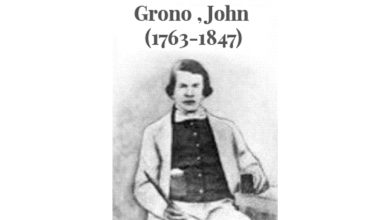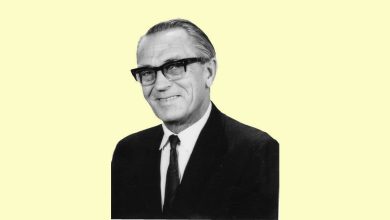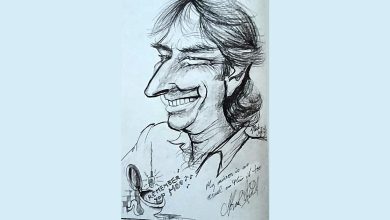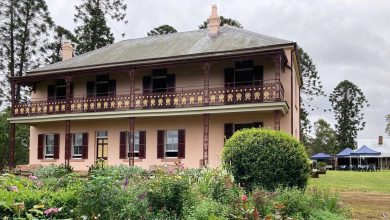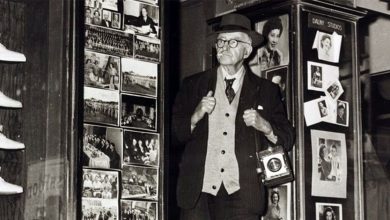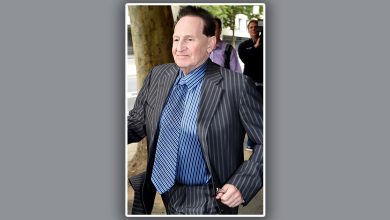A Moment in Time
Remember, in times past, when your mother would possibly take you to have your photo taken in a photographic studio. Perhaps you may have been photographed by a studio photographer as a baby. Maybe during December you would have visited a Department store to have a photo taken with Santa. Then of course there were the group photos taken at school or at your workplace. Not forgetting the photos taken on special occasions such as the first day at school in your newly acquired school uniform or those of your twenty-first birthday. What memories those snaps would bring back.
Have you ever stopped to think that the photos from the past reveal much more than the subject. When photographing a person or a group of people you are also showing the clothing fashion of the time. If photographing a picnic scene or street scene, you may reveal the style of cars or other transport of the day. Have you also noticed that in those distant days many people did not smile at the camera. Perhaps the saying “Say Cheese” was not used so much if at all. In early photographs people didn’t smile as the camera exposure time could take several minutes and subjects needed to stay very still and smiles would have been hard to hold.
The introduction of the “Box Brownie” by Eastman Kodak in February 1900 brought photography to the masses. No longer did people have to rely on photographers with complicated cameras and images on glass plates. Most early photographs were monochrome in black and white or sepia although a process was developed in 1850 by Levi Hill of the US for colour the colour process. Whilst the basis of most methods of colour photos evolved from a system devised by Scottish physicist James Clerk Maxwell in 1855 colour photography did not come into use by the general amateur photographers or general public until around the 1970s as evidenced by most family albums.
Photojournalism has been around since the 1840s or perhaps earlier although it was rarely used in most newspapers. The first photograph to appear in a newspaper was in June 1848 showing barricades in Paris during an uprising. This photograph appeared in a French newspaper at the time. The Crimean war in the 1840s appeared as a subject of illustrations later in the Illustrated Mark Pearce and I meet in a quiet café. He can trace his ancestors back to the earliest days of the Colony. His 3 X great grandparents, Matthew and Martha Pearce, sailed to Sydney in May 1794 as Free Settlers on the convict transport “Surprize”, landing at Port Jackson on October 25th of that year. The journey had been gruelling and tragically their little boy did not survive the voyage. In 1795 Matthew was granted 160 acres in the Toongabbie area and with hard work, his property grew to 1,100 acres. For 40 years he farmed his land growing citrus fruit, cattle and sheep. After his death in 1831, his widow Martha and their five children carried on the lineage. It was Mark’s great grandfather, Edward Henry Pearce who built ‘Bella Vista’ when he took over the farm in 1865 and the family lived there for the next 85 years until 1950. When Mark was born, the house had already been sold. He recalls his father pointing it out, but he never visited it. When he joined Blacktown Historical Society and learnt more of its history, he realised the importance of the farmhouse and its surrounding buildings and became a passionate advocate for its preservation. When the Water Board threatened to demolish Bella Vista farm and its buildings, Baulkham Hills Council stepped in and saved it for a token amount. In 2006 the Council decided to set up a support group and the Friends of Bella Vista was formed. These volunteers have been the saviours of this fine building which is an important part of our colonial history. Mark, along with Carolyn Gould and Sharon Rawstron, all active committee members, have spent months creating its chronology and this will soon be published. The Pearce Family Cemetery is the only original piece of land still in possession of the family which they have owned for the last 215 years. “At least we know where we’ll end up,” Mark says. A Mo ment in Ti me London News. It was not until the 1930s when it became more widespread and newspapers began to show more and more photos accompanying articles.
Some great Australian photographers from the past were also able to capture the moods of the time. Photographers such as Frank Hurley, Harold Cazneaux, Max Dupain and Sam Hood and his son, Ted Hood, were famous for their various photographic skills around Sydney and elsewhere. They not only captured people in various situations but the various moods. I can recall Sam Hood’s photograph of Angel Place in Sydney showing a very wet and dismal scene. Harold Cazneaux also produced many similar styled photos. Max Duplain’s photo of the sunbather on Culburra Beach was also very popular and Frank Hurley’s wartime and Antarctic photos as well as his many scenes of Sydney and country NSW are great to view.
During the 1940s and 50s street photographers would often stop pedestrians on the streets of Sydney and other major cities and take photos of young courting couples walking along holding hands.
Now that most people have a mobile phone with a camera included, the street photographers and the studio photographers have disappeared or are diminishing in use and photography as an occupation is threatened by the digitalisation of technology.

